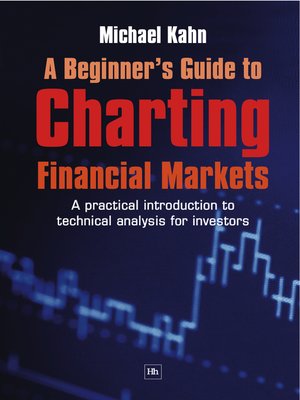A Beginner's Guide to Charting Financial Markets
ebook ∣ A practical introduction to technical analysis for investors
By Michael Kahn

Sign up to save your library
With an OverDrive account, you can save your favorite libraries for at-a-glance information about availability. Find out more about OverDrive accounts.
Find this title in Libby, the library reading app by OverDrive.



Search for a digital library with this title
Title found at these libraries:
| Loading... |
This book is about arming you with one simple tool that will enhance your investment decision-making process - the chart. It is not the Holy Grail and even if applied exactly as offered there is no guarantee that you will be successful. But owning a high quality hammer is no guarantee that the user will build a beautiful house. The hammer is a tool and in most cases the user will still need other tools - and knowledge - to build that house. Despite its enormous and still growing popularity, technical market analysis still gets a bad rap. Purveyors of this art have been called tealeaf readers and many similar names, but that has nothing to do with what technical analysis is attempting to do. If we strip away all the fancy indicators and obtuse jargon, what is left are time-tested methods of finding investment opportunities and assessing their risk. There is no fortune telling here; only figuring out what we can do about the market. And what we do is the only part of the markets that we can control. What this book will do is give you the basics needed to look at a chart and get a feel for what the market or individual stock is doing. It covers only the nuts and bolts of chart analysis, barely touching upon the next level concepts and definitely leaving the whiz-bang stuff well alone. It should be stressed that this book will not replace your current methods of stock selection and investment strategies. What it can do, however, is add a new dimension to the analysis to confirm or refute what is already known. Basically, there is no need to give up other methods for selecting stocks although by the end of the book you may be drawn to further learning and eventually discover that charts can, indeed, be the primary, if not sole, investment decision-making tools.






